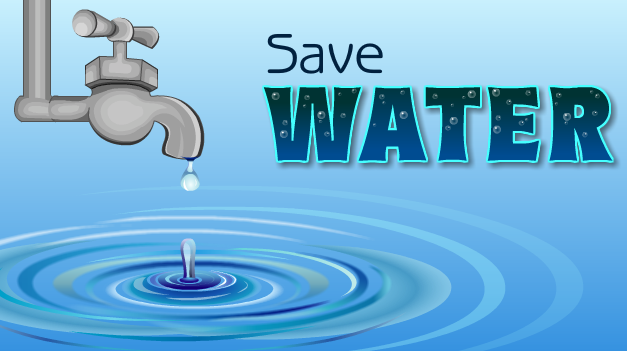Water Aerators | Conserve water in a smoky way
Water aeration – brings water and air in close contact in order to remove dissolved gases such as carbon dioxide and oxidizes dissolved metals such as iron, hydrogen sulfide and volatile organic chemicals (VOC’s).
Aeration brings water and air in close contact by exposing drops or thin sheets of water to the air or by introducing small bubbles of air (the smaller the bubble the better), and letting them rise through the water.
Faucet Aerator –
A Faucet Aerator or Tap Aerator is often found at the tip of modern indoor water faucets. Aerators reduce the water coming through the faucets by mixing it with water. The aerator acts as a sieve, sending a separating a single flow of water into many tiny streams.
There is less space for the water to flow through, the water flow is reduced. However, the water pressure is maintained.
Check Faucet Aerator by ECO 365
Function of Faucet Aerator –
An aerator can –
- Prevent splashing
- Shape the water stream coming out of the faucet spout, to produce a straight and evenly pressured stream
- Conserve water and reduce energy costs
- Reduce faucet noise
- Increase perceived water pressure
- Provides slight filtration of debris due to a small sieve plate
Pond Aerator –
Pond aeration is key for creating and maintaining the perfect pond.
Adding an aerator system to the pond or lake can provide many key benefits including increased fish activity and populations, clearer water conditions, reduced algae and muck, as well as preventing icing over of the pond during winter.
Pond Aeration is supplied by a pump that moves water throughout the pond and provides circulation. Aeration is improved even more when the water surface is broken by means of a waterfall or fountain.
Chemicals removed by Aeration –
Constituents commonly affected by aeration are:
- Volatile organic chemicals, such as benzene (found in gasoline), or trichloroethylene, dichloroethylene, and perchloroethylene (used in dry-cleaning or industrial processes)
- Ammonia
- Chlorine
- Carbon dioxide
- Hydrogen sulfide
- Methane
- Iron and Manganese
Advantages of using Aerators –
- Aerators are inexpensive and easy to use.
- They come in varying abilities to control the flow.
- Aerators can save you up to half of your water usage through faucets with aerators on them.
- When you are using aerated water, you won’t notice a difference.
- Estimates are that aerators can save you 280 gallons a month.
- If you use less water, you will use less gas or oil to heat it. This means you will also see a savings on your heating bill.
Conclusion – So this is one of the most cost effective and energy effective manner in which we can conserve water. Also it’s quick and easy installation make this new tech product a must buy.

Tags: Eco365, Eco365 Store, Water aerators, water conservation tips, Water Saving Aerators, water saving products

